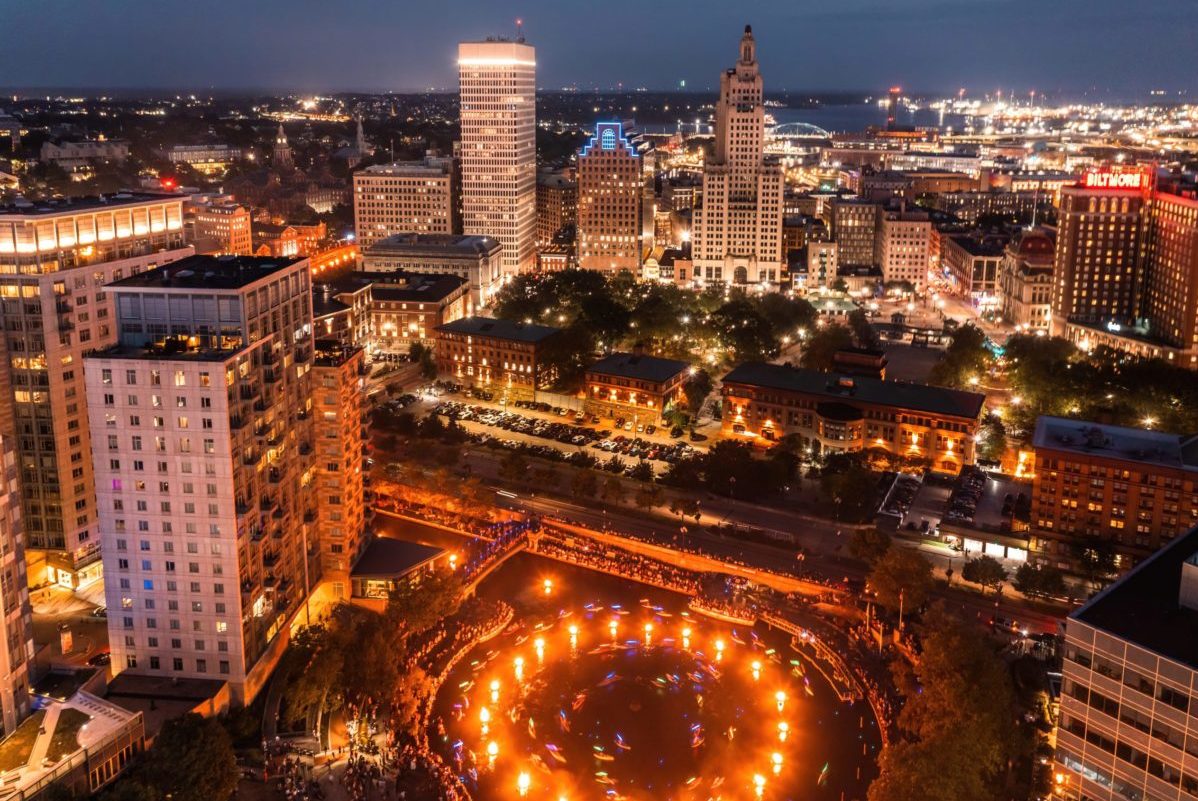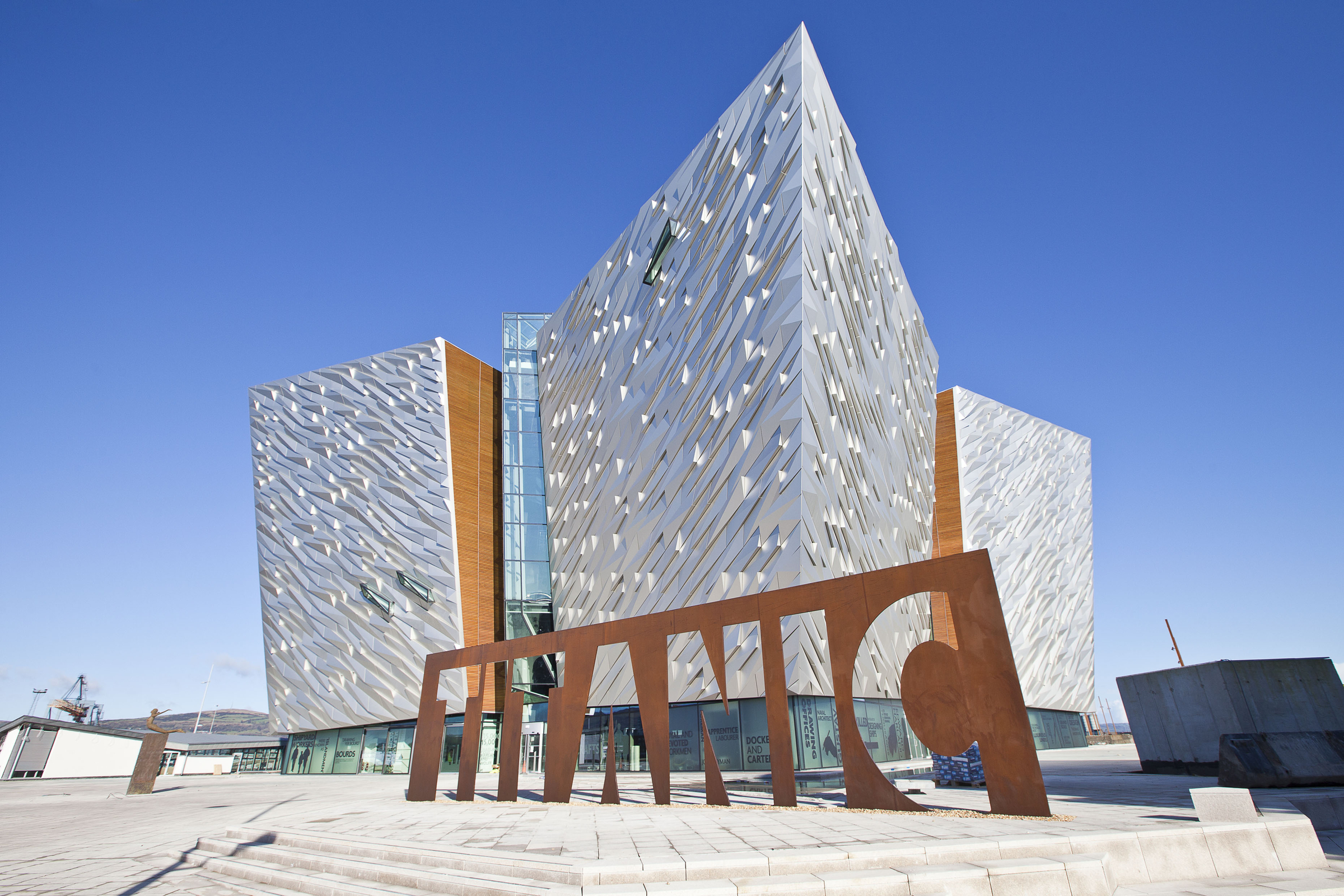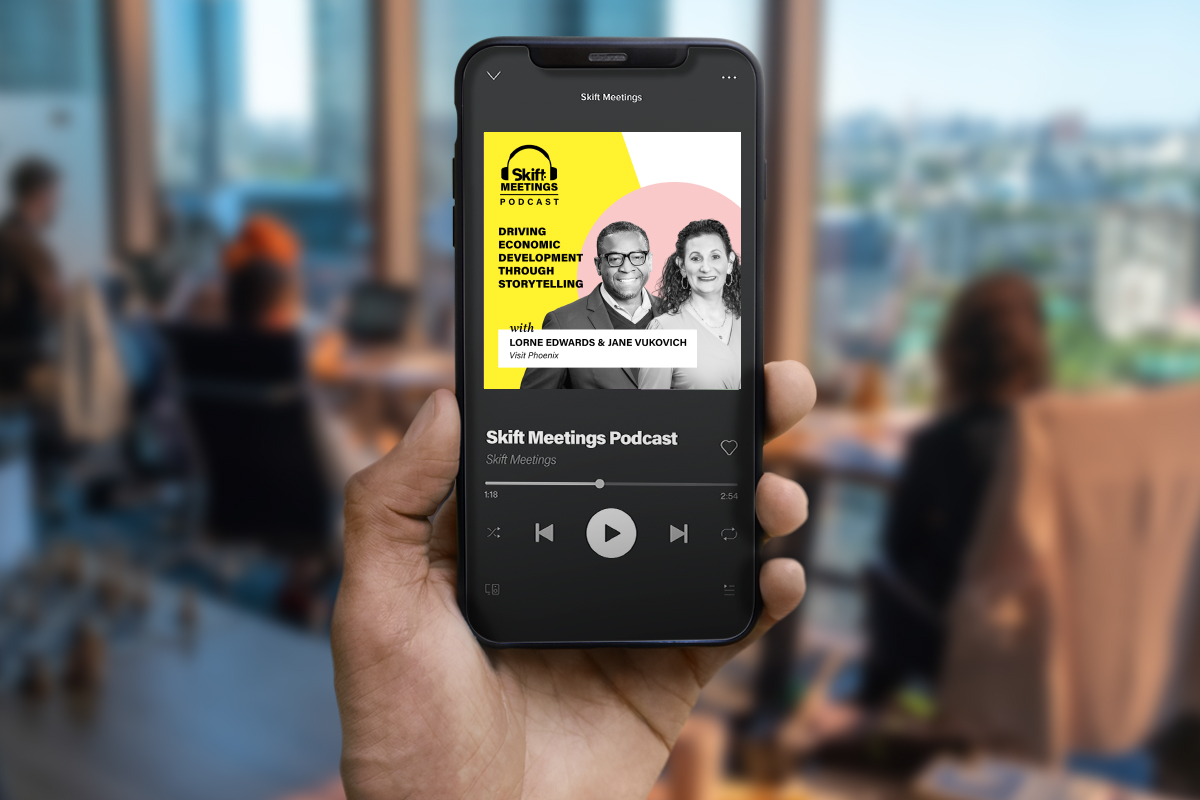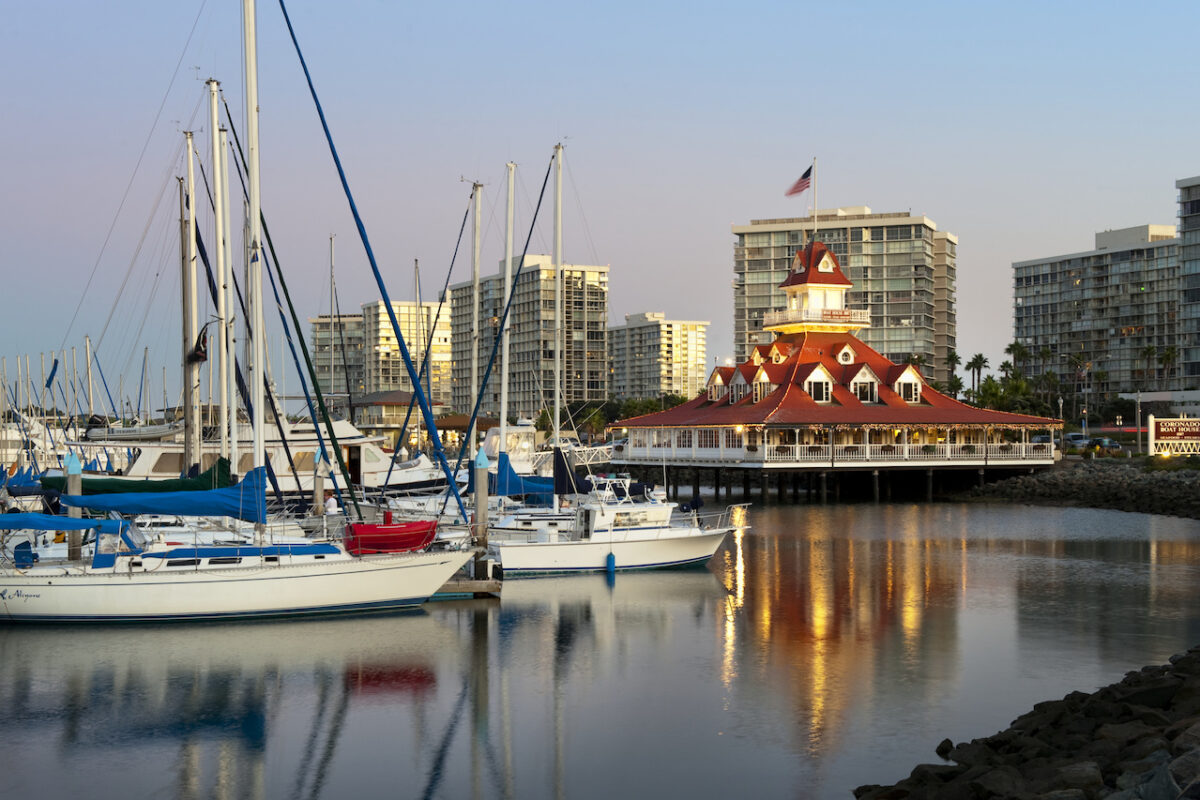Skift Take
As Providence taps into funding from its newly approved tourism improvement district, it is looking for novel ways to attract meetings. Leveraging unique public events like WaterFire is proving a popular approach.
The Providence Warwick Convention and Visitors Bureau (PWCVB) has established the Providence Tourism Improvement District. Providence City Council approved the plan unanimously on December 15.
The new district can launch as early as February 1. It will include 2 percent of gross hotel room revenue to support advertising, marketing, sales, and other opportunities. The district will collect an estimated $1.6 million in its first year.
This fund is vital as Providence is still getting its footing back after the pandemic. Rhode Island lost $78 million in direct spending revenue in the pandemic because of canceled events, most of which came from Providence.
This development follows that of nearby Boston, also recently securing a new funding source in the same format. Tourism districts are in place across 195 destinations in the U.S. alone.
Kristen Adamo, president and CEO of PWCVB, has been working tirelessly on the Tourism Improvement District. But, at the same time, she has also created other ways to spur business.
Adamo recently hosted a group of planners and introduced them to the city’s beloved WaterFire. This iconic event combines a series of outdoor bonfires illuminating downtown’s river with curated music. Creating a WaterFire for attendees with receptions along the river is a unique feature of the city.
“December is typically the slowest month for us. I created this event to fill hotel rooms and create excitement in the city,” said Adamo. “I am so excited that it became a citywide initiative that brought visitors to every corner of the city.”
The city is also looking to leverage local universities and institutions as valuable resources for speakers and meeting content.
Providence’s second-tier city status is attractive in a cost-conscious world. Having 20 percent of the U.S. population within 300 miles is another powerful selling point for the city.





